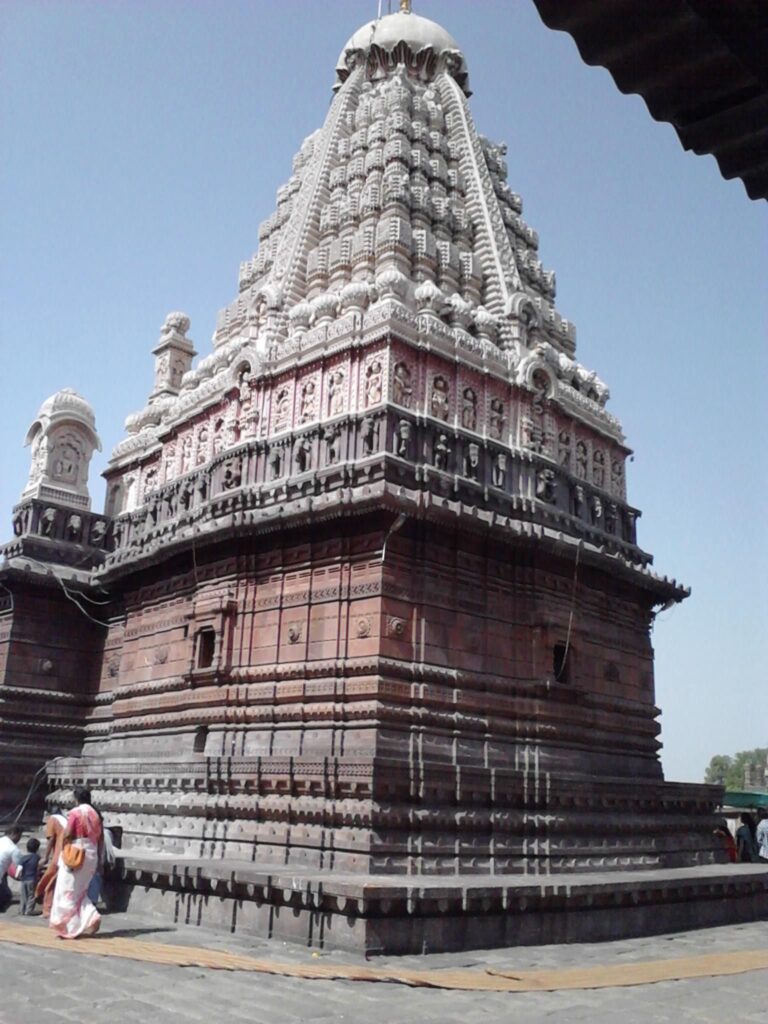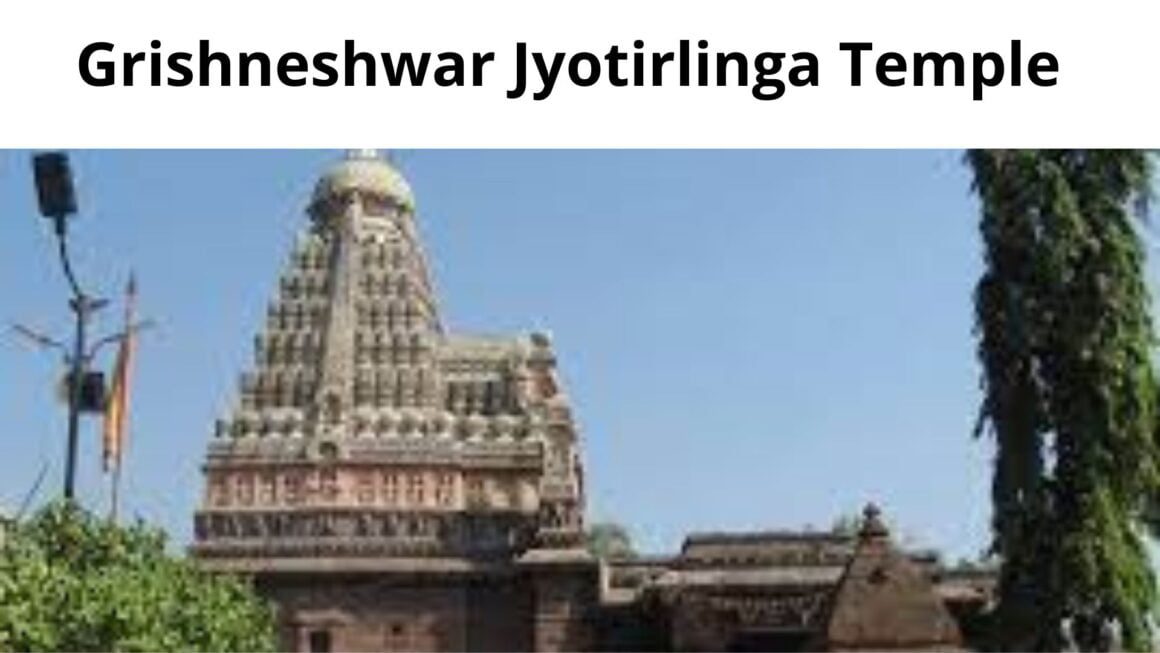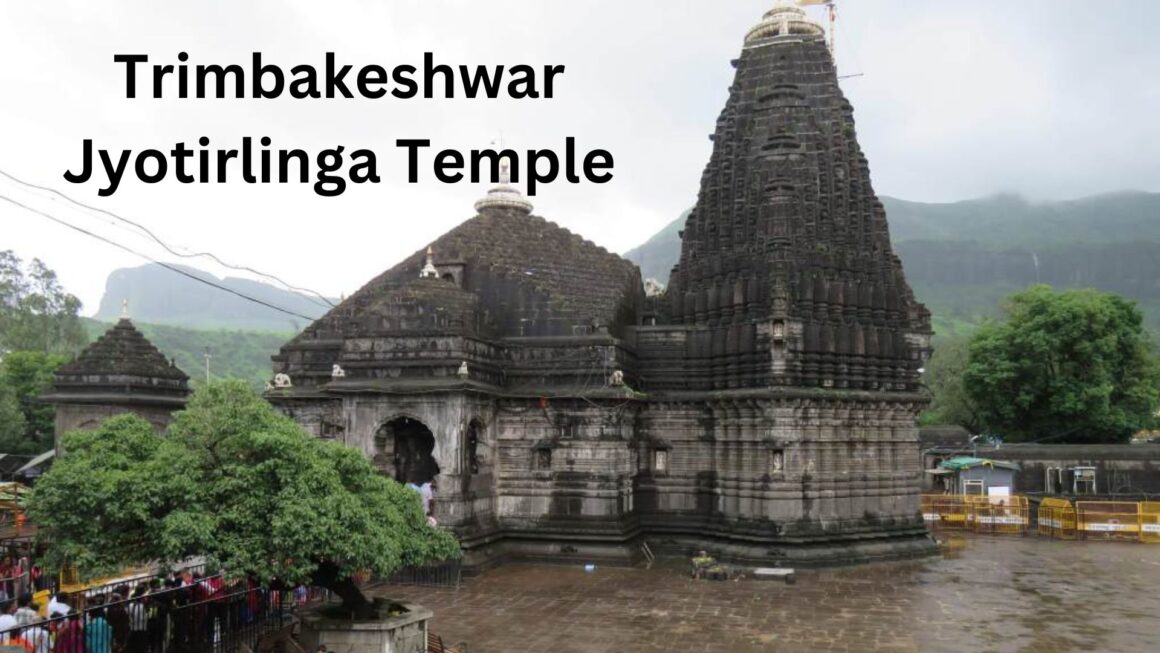Introduction to Grishneshwar Jyotirlinga Temple
The Grishneshwar Jyotirlinga Temple, located in Ellora near Daulatabad in Maharashtra, India, is a sacred shrine dedicated to Lord Shiva. This temple is one of the twelve Jyotirlingas in India, symbolizing a column of light that represents the infinite nature of Lord Shiva. The temple’s history dates back to ancient times, mentioned in the Shiva Purana and Padma Purana. Destroyed in the 13th-14th century AD by the Delhi Sultanate, it was later reconstructed by Maratha ruler Maloju Bhisale and Queen Ahilyabai Holkar in the 16th and 18th centuries AD, respectively.
The temple’s unique architecture includes a five-tier spire made of red rocks, with intricate carvings depicting various legends and mythologies of Lord Shiva. Notably, the sanctum houses an east-facing linga and a statue of Nandi, Lord Shiva’s mount. The temple is associated with compelling legends; one tells the story of Kusuma, a devoted woman whose son was brought back to life by Lord Shiva due to her unwavering faith. Another legend involves Ghushmaasur, a demon defeated by Lord Shiva in lingam form, leading to the temple being named Ghushmeshwar.
Location of Grishneshwar Jyotirlinga Temple
The Grishneshwar Jyotirlinga Temple is located in Ellora near Daulatabad in Maharashtra, India. This sacred shrine of Lord Shiva has a rich history, mentioned in the Shiva Purana and Padma Purana. The temple was destroyed by the Delhi Sultanate in the 13th-14th century AD but was later reconstructed by various rulers, including Maratha ruler Shivaji’s grandfather and Queen Ahilyabai Holkar of Indore. The current structure features a five-tier spire, carvings of Lord Vishnu’s Dashavatars, and a court hall with pillars depicting legends of Lord Shiva. The sanctum houses an east-facing linga, and a statue of Nandi, the bull, can be found in the court hall
History of Grishneshwar Jyotirlinga Temple

The Grishneshwar Jyotirlinga Temple, located near Ellora in Maharashtra, is one of the 12 Jyotirlingas in India dedicated to Lord Shiva. The temple has a rich history dating back to ancient times. Destroyed by the Delhi Sultanate in the 13th-14th century AD, it was later reconstructed by Maratha ruler Maloju Bhisale of Verul in the 16th century AD and then by Queen Ahilyabai Holkar of Indore in the 18th century AD.
Legends associated with the temple include stories of a woman named Kusuma who was blessed by Lord Shiva for her devotion, leading to the manifestation of the Jyotirlinga at this site. Another legend tells of a demon named Ghushmaasur who was defeated by Lord Shiva and transformed into a lingam known as Ghushmeshwar.
The temple’s unique architecture, built with red rocks and featuring a five-tier spire, showcases intricate carvings of various legends and mythologies of Lord Shiva. Notably, the sanctum houses an east-facing linga and a statue of Nandi, the bull, in the court hall. Grishneshwar Jyotirlinga is revered for its spiritual significance and is visited by devotees seeking blessings and spiritual solace
Interesting Facts about Grishneshwar Jyotirlinga Temple
The Grishneshwar Jyotirlinga Temple, located near the Buddhist caves of Ellora in Maharashtra, is steeped in history and legends. Here are some interesting facts about this sacred site:
Location and Significance: The temple is situated near Daulatabad in Maharashtra and is one of the 12 Jyotirlingas in India dedicated to Lord Shiva. Jyotirlingas are believed to be manifestations of Lord Shiva’s divine light.
Legends Associated: The temple has fascinating legends associated with it. One legend tells the story of a woman named Kusuma who, despite facing tragedy, continued her devotion to Lord Shiva, leading to the manifestation of the Jyotirlinga. Another legend involves a Brahmin couple and their sister, highlighting themes of devotion and forgiveness.
Historical Significance: The temple has a rich history, mentioned in ancient texts like the Shiva Purana and Padma Purana. It was reconstructed by various rulers over the centuries, including Maratha ruler Maloju Bhisale and Queen Ahilyabai Holkar.
Architecture: The temple’s unique architecture includes a five-tier spire made of red rocks and intricate carvings depicting legends and mythologies of Lord Shiva. The sanctum houses an east-facing linga, with a statue of Nandi, Lord Shiva’s mount, in the court hall.
Devotional Practices: Devotees believe that worshiping at the Grishneshwar Jyotirlinga with purity and devotion can bring prosperity and fulfillment of wishes. The temple complex also includes a small shrine dedicated to Goddess Parvati and a sacred pond with healing properties.
These facts showcase the spiritual significance, architectural beauty, and historical importance of the Grishneshwar Jyotirlinga Temple, making it a revered pilgrimage site for devotees of Lord Shiva.
How to Reach Grishneshwar Jyotirlinga Temple
To reach the Grishneshwar Jyotirlinga Temple located in Verul village, Maharashtra, you can follow these directions:
By Air: The nearest city to Verul village is Aurangabad, which is well connected by air routes. Travelers can reach Aurangabad by air and then proceed to the temple.
By Train: Aurangabad is also well connected by rail. Visitors can take a train to Aurangabad and then use local transportation to reach the temple.
By Bus: Aurangabad serves as the nearest bus station to Grishneshwar temple. It is linked by an extensive bus network within Maharashtra and neighboring states. There are buses available from cities like Pune, Nasik, and Shirdi to Verul village where the temple is located.
The temple is situated about 30 km away from Aurangabad and 300 km from Mumbai. It is known for its historical significance as one of the 12 Jyotirlingas in India dedicated to Lord Shiva. The temple’s architecture, made of red rock with intricate carvings of gods and goddesses, attracts pilgrims seeking divine illumination and peace in its tranquil environment
Nearby Places of Grishneshwar Jyotirlinga Temple
Nearby attractions include the Ellora Caves, a UNESCO World Heritage site showcasing ancient rock-cut caves with intricate carvings and sculptures.
Best Time to Visit Grishneshwar Jyotirlinga Temple
The best time to visit Grishneshwar Jyotirlinga Temple is from June to August, coinciding with the monsoon season in Maharashtra, as the weather is pleasant during this time. Additionally, visiting between October and March, which are the winter months, can also provide a memorable experience due to the amiable climate for outdoor activities and the avoidance of the summer heat and rainy season. It is recommended to plan your visit during weekdays or early mornings to avoid large crowds and long waiting times
In conclusion, Grishneshwar Jyotirlinga Temple stands as a symbol of devotion and architectural marvel, attracting pilgrims and tourists alike to witness its spiritual aura and historical significance.




